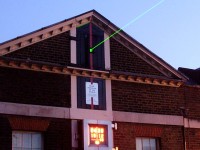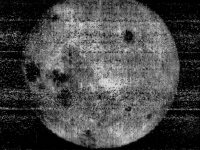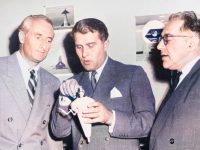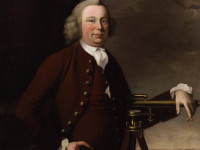Sir Edward Sabine and the Earth’s Magnetic Field
On October 14, 1788, Irish astronomer, geophysicist, ornithologist, explorer, soldier and the 30th President of the Royal Society Sir Edward Sabine was born. His aim was to study the shape of the Earth and its magnetic field. He led the effort to establish a system of magnetic observatories in various parts of British territory all over the globe, and much of his life was devoted to their direction, and to analyzing their…
Read more











